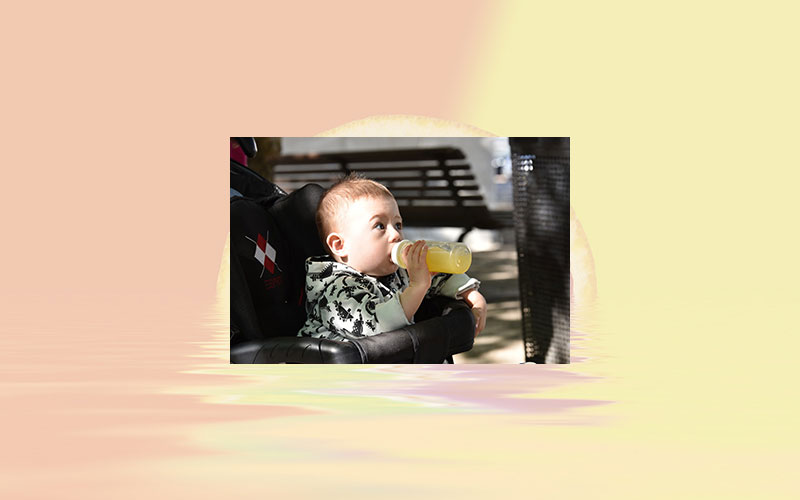EDF report finds lead in 1 in 5 baby food samples
A new report released by Environmental Defense Fund showed lead frequently detected in certain types of baby foods. The report examined a decade’s worth of Food and Drug Administration (FDA) data and found lead in 20 % of baby food samples.

Analysis of a decade’s worth of FDA data finds lead frequently detected in grape juice, apple juice and other baby food samples
A new report released by Environmental Defense Fund showed lead frequently detected in certain types of baby foods. The report examined a decade’s worth of Food and Drug Administration (FDA) data and found lead in 20 % of baby food samples, among them apple and orange juice. No safe level of lead in blood has been identified. In young children, even very low blood lead levels can cause behavioral problems and lower IQ. EDF’s report builds on a prior federal analysis indicating that food is a meaningful source of children’s exposure to lead.
EDF’s report evaluated publicly available data collected and analyzed by FDA from 2003 to 2013 as part of the agency’s Total Diet Study (TDS). Since the 1970s, the TDS has tracked metals, pesticides, and other contaminants in samples of 286 types of food, including 57 designated by FDA as baby food. This represents the most recent available data from the TDS. The TDS does not track brands, though EDF has submitted a Freedom of Information Act request to obtain brand-level information.
The EDF analysis found lead in at least one sample of 52 of 57 types of baby food. Notably, regular apple juice, grape juice, and carrots had fewer samples with detectable levels of lead than the baby food versions. Lead was most commonly found in the following baby foods:
- Fruit juices: 89 % of grape juice samples contained detectable levels of lead, mixed fruit (67 %), apple (55 %), and pear (45 %). Orange juice had much lower rates.
- Root vegetables: Sweet potatoes (86 %) and carrots (43 %)
- Cookies: Arrowroot cookies (64 %) and teething biscuits (47 %)
EDF’s report bolsters a recent draft report from the Environmental Protection Agency (EPA) showing that more than 1 million young children consume more than the FDA maximum daily intake level of lead in their food. Using that data, EDF calculated that if lead were eliminated from food, the societal benefits for increased lifetime earnings would exceed $27 billion annually.
Last year, the American Academy of Pediatrics stated that, “the key to preventing lead toxicity in children is to reduce or eliminate persistent sources of lead exposure in their environment.” The National Toxicology Program in the National Institutes of Health has determined that, in young children, even very low blood lead levels are associated with lower academic achievement, IQ, and greater incidence of attention-related behaviors and problem behaviors.
“We found that food is a concerning source of young children’s exposure to lead,” said Tom Neltner, EDF Health’s Chemicals Policy Director. “While paint and drinking water are the greatest sources of lead in most children living in older homes, all children get some lead from their diet. Even low levels in blood can cause harm. FDA and food manufacturers can and must take action to reduce lead levels in food.”
“We don’t know precisely where the lead in food is coming from,” said Maricel Maffini, a consultant for EDF. “Contaminated soil is one likely option. However, we don’t know why lead was more frequently detected in baby foods than the regular versions. The fact that 55 percent of baby food apple juice samples have detectable levels of lead compared to 25 percent for regular apple juice deserves more examination.”
The full report can be found at www.edf.org









